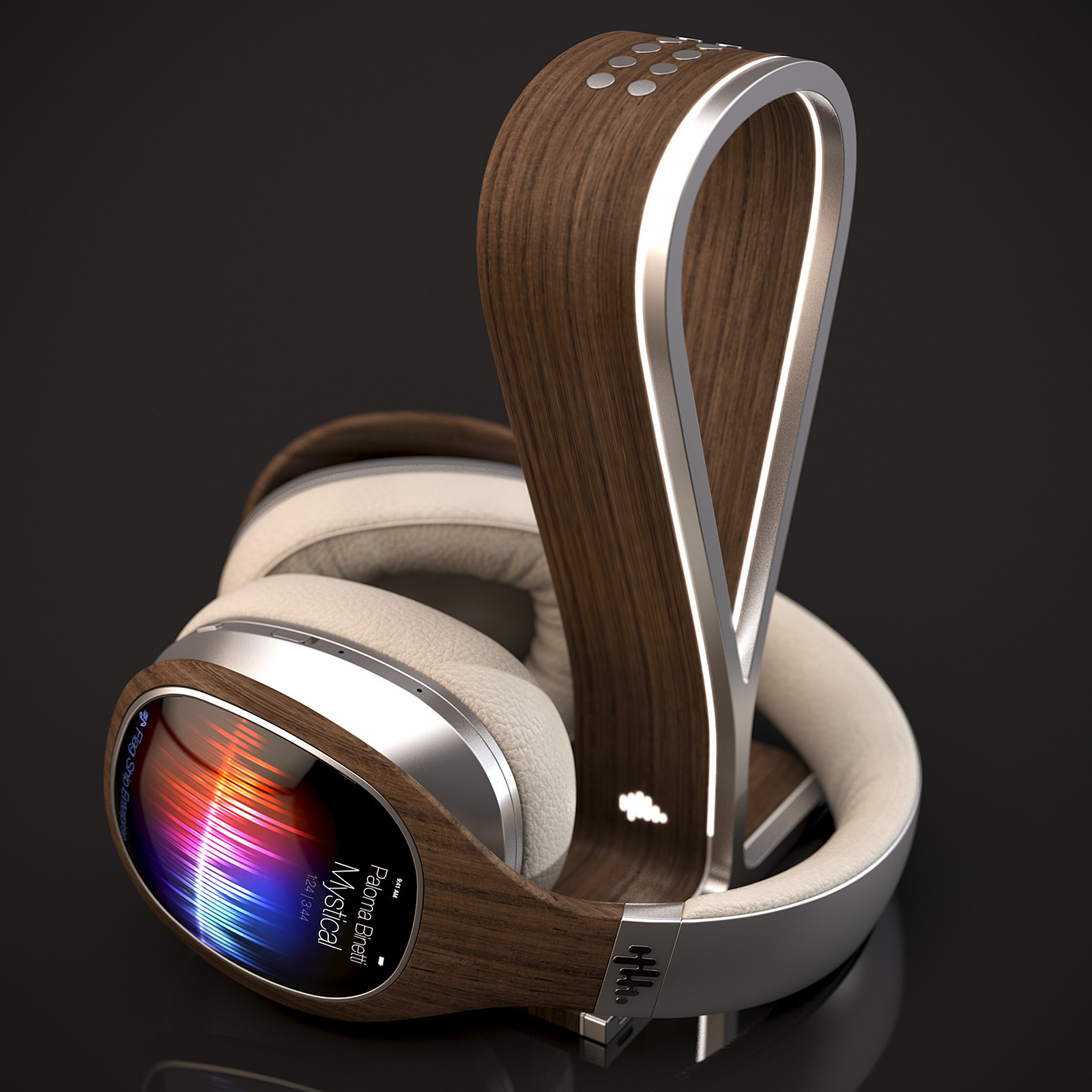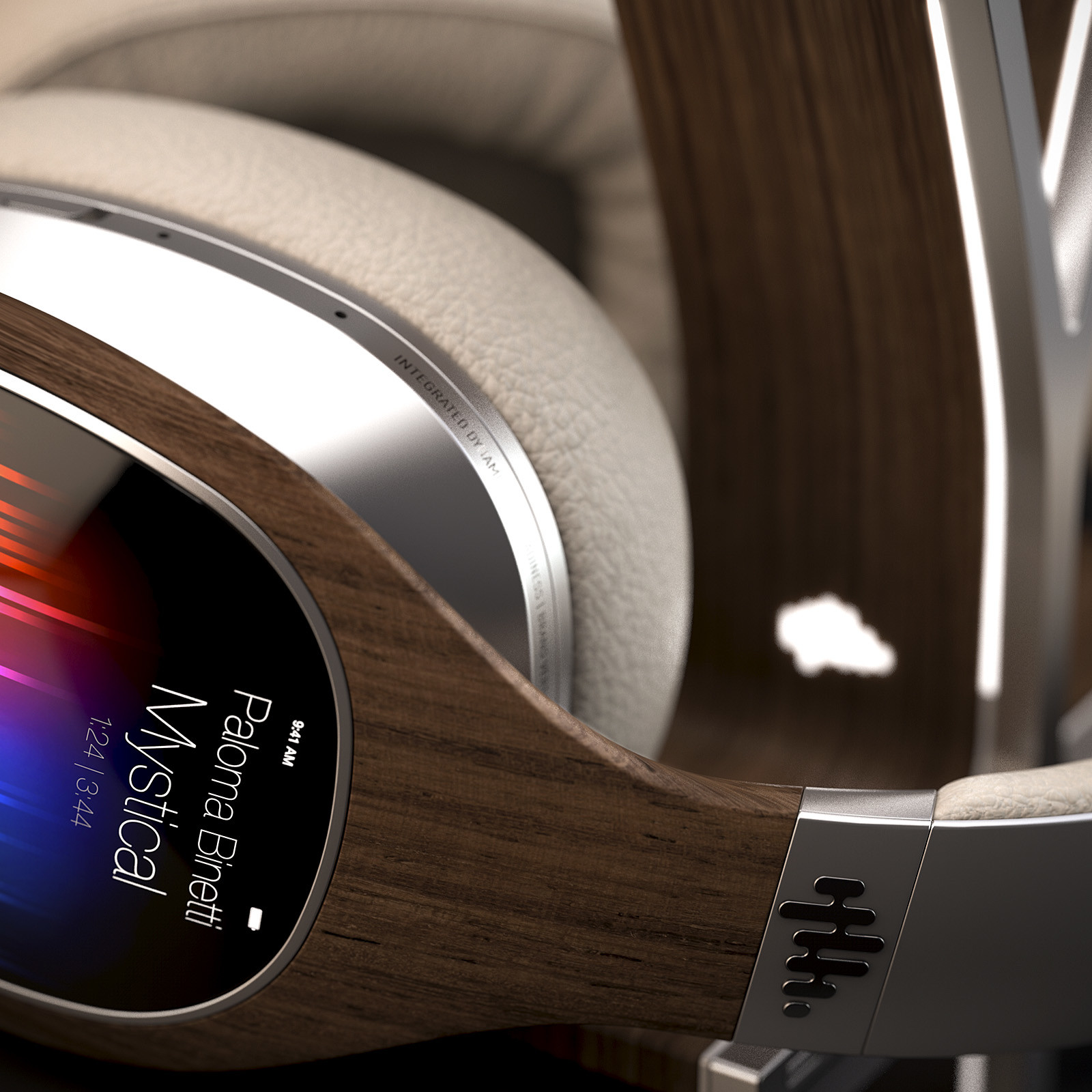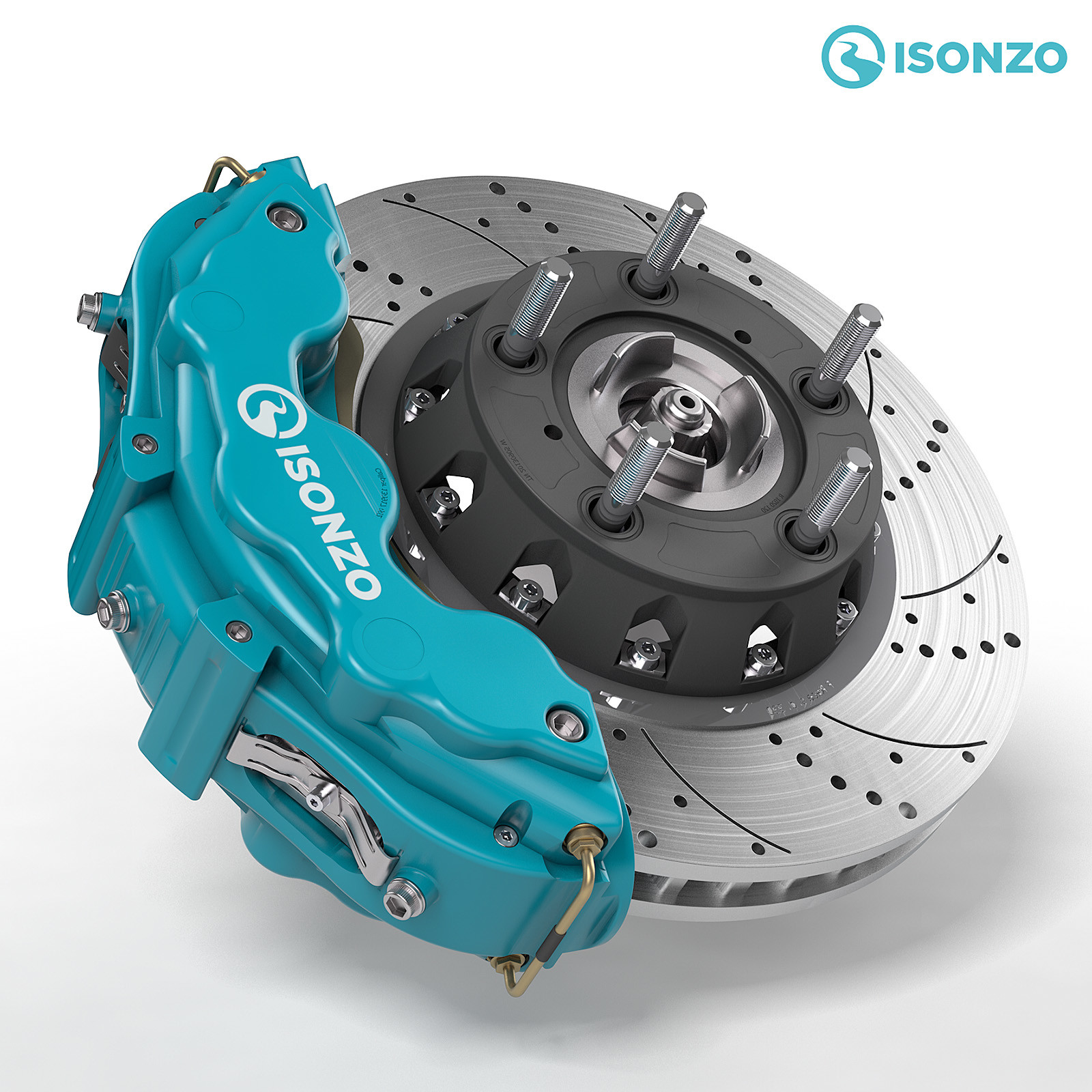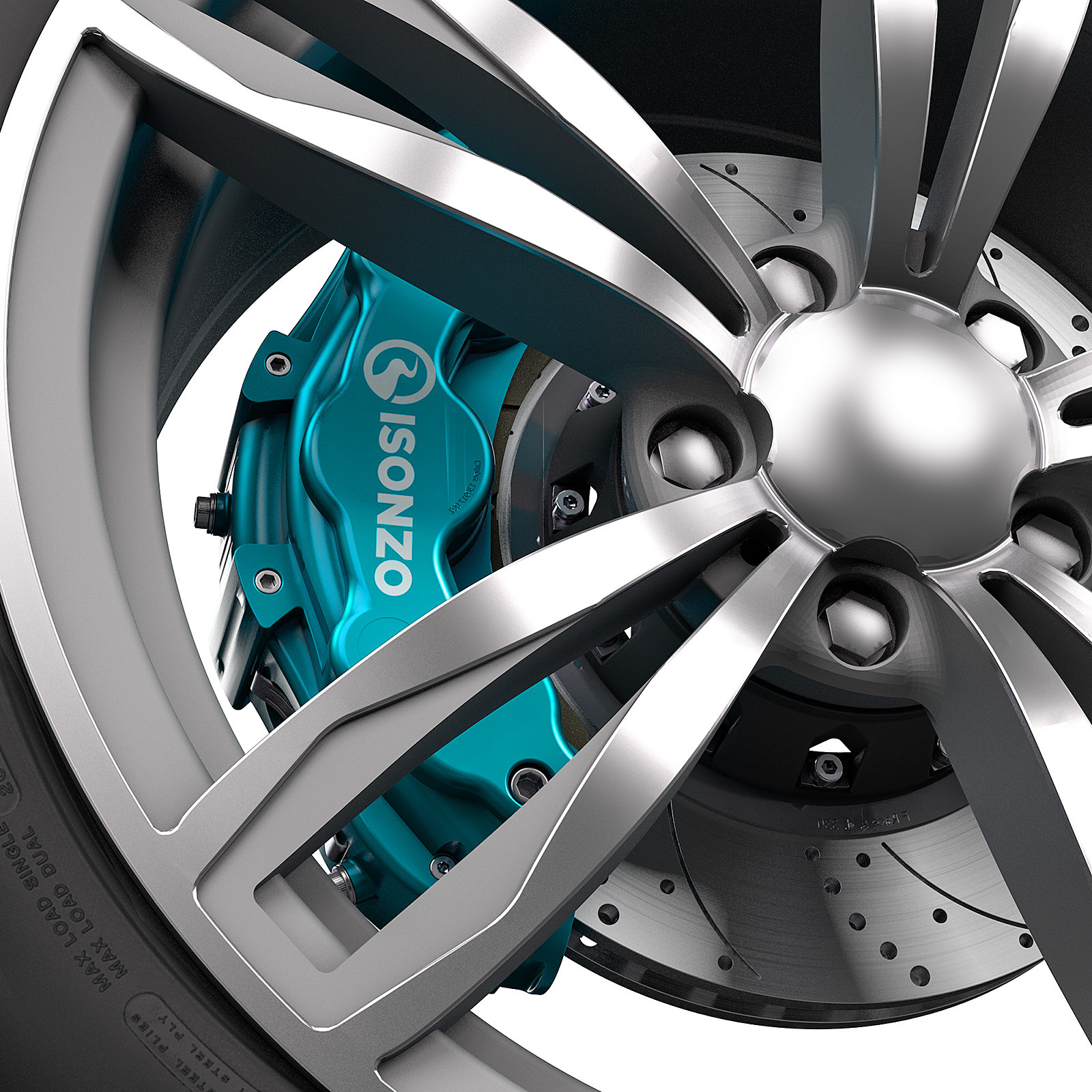
The Importance of Product Visualization
In today’s rapidly evolving business environment, product visualization has emerged as an indispensable tool for companies in virtually every industry. The ability to visualize a product before it enters production offers a range of strategic advantages that span from design optimization to marketing success. As businesses increasingly rely on digital tools and 3D technologies, the significance of product visualization becomes even more pronounced.
Visualizing a Product Before Production: A Strategic Necessity
One of the most critical steps in product development is ensuring that a concept translates well from paper (or pixels) into the physical world. Before a product goes into production, it is essential to visualize it in detail to identify design flaws, optimize functionality, and streamline production processes. This is where advanced 3D modeling and product visualization tools come into play.
By creating accurate, detailed representations of a product before production, designers can simulate its real-world functionality. This process allows for adjustments to be made more easily, reducing the risk of costly mistakes. For example, the automotive industry heavily relies on product visualization. Car manufacturers like Ford and Tesla use digital models and virtual testing to refine vehicle designs before a single prototype is made. This not only accelerates the development process but also ensures that the final product meets rigorous quality standards.
Visualizing a product before production also helps streamline collaboration across departments, from engineering to marketing, ensuring all stakeholders have a clear understanding of the product’s attributes and functionality. This alignment can reduce miscommunication and keep production on schedule, saving time and resources.
Presenting Products to Consumers Before Production
Another key benefit of product visualization is the ability to present a product to the buying public before it even exists in physical form. This offers significant advantages in terms of pre-orders, market testing, and gauging consumer interest. Using 3D models, companies can showcase their products in full detail, allowing potential customers to interact with and experience the product virtually.
One real-world example of this approach comes from the tech industry, particularly in the smartphone market. Companies like Apple and Samsung often showcase their upcoming devices months before they are available to consumers. During these product launches, highly detailed 3D renders and animations are used to demonstrate the product’s features and design, captivating potential buyers and generating excitement. This strategy creates a sense of anticipation, leading to strong pre-order numbers and early market success.
3D Renders: A Marketing and Advertising Powerhouse
In today’s digital world, having high-quality 3D renders of a product is essential for effective marketing and advertising. These visuals serve as the foundation for marketing campaigns, product pages, and advertisements long before a product hits the shelves. The ability to showcase a product in its ideal form—perfect lighting, flawless angles, and attention to detail—makes 3D renders a vital asset in both digital and traditional media.
For example, IKEA, the global furniture giant, has been at the forefront of utilizing 3D renders for its catalogs. As of recent years, nearly 75% of the images in IKEA catalogs are computer-generated 3D renders. These digital representations are so lifelike that customers often cannot distinguish between a photograph and a 3D render. This allows IKEA to create stunning visuals, customize scenes, and present new products to customers without needing to produce and photograph each item individually. This process not only saves time and costs but also allows for greater flexibility in creating and updating marketing content.
Additionally, 3D renders allow for customization in ways traditional photography cannot. Companies can easily modify colors, textures, and angles of the product without reshooting, ensuring the visuals align perfectly with evolving brand campaigns. This is particularly advantageous for industries like fashion and consumer electronics, where style and aesthetics are paramount.
The Flexibility of 3D: Easily Modifiable and Cost-Effective
A key advantage of 3D product visualization is its inherent flexibility. In the physical world, making changes to a product prototype can be time-consuming and expensive. Each modification may require new materials, tooling, or machinery adjustments. However, in a 3D environment, modifications can be made quickly and with minimal cost. Whether it’s altering the shape, size, color, or texture of a product, digital changes can be made in a matter of minutes, allowing designers to explore various options without the constraints of physical production.
This flexibility extends to industries that require continuous innovation, such as consumer electronics, automotive, and fashion. Take the fashion industry, for instance, where companies like Adidas have embraced 3D technology for product design and visualization. Adidas designers use 3D models to iterate on sneaker designs before creating physical prototypes, enabling them to experiment with colors, patterns, and materials efficiently. This significantly shortens the product development cycle and ensures a more precise final product.
In architecture, 3D renders are equally transformative. Architectural firms create digital models of buildings and environments, allowing clients to take virtual tours and provide feedback before construction begins. This helps avoid costly design revisions later in the process. Companies like Foster + Partners, an iconic architecture firm, use 3D visualization extensively to present their designs to clients, optimizing projects and reducing the likelihood of expensive changes during construction.
Conclusion: A Strategic Imperative for Success
In today’s competitive business landscape, product visualization has become a critical factor in successful product design, marketing, and sales. From visualizing products before they enter production to creating captivating 3D renders for marketing purposes, companies that invest in advanced visualization technologies stand to gain a significant advantage. By embracing these tools, businesses can reduce development costs, streamline production, and create highly engaging marketing campaigns that capture the attention of potential buyers well before the product hits the market.
Real-world examples from industries like automotive, technology, fashion, and architecture highlight the transformative power of product visualization. As businesses continue to innovate and compete in the global marketplace, those who effectively leverage 3D visualization will be best positioned to meet consumer expectations and drive growth in a digital-first economy.
Contact
Let's create something amazing together
Agencija Klicaj, d.o.o.
Dolenja vas pri Polhovem Gradcu 22, 1355 Polhov Gradec
VAT: SI72363355
info@klicaj.si



